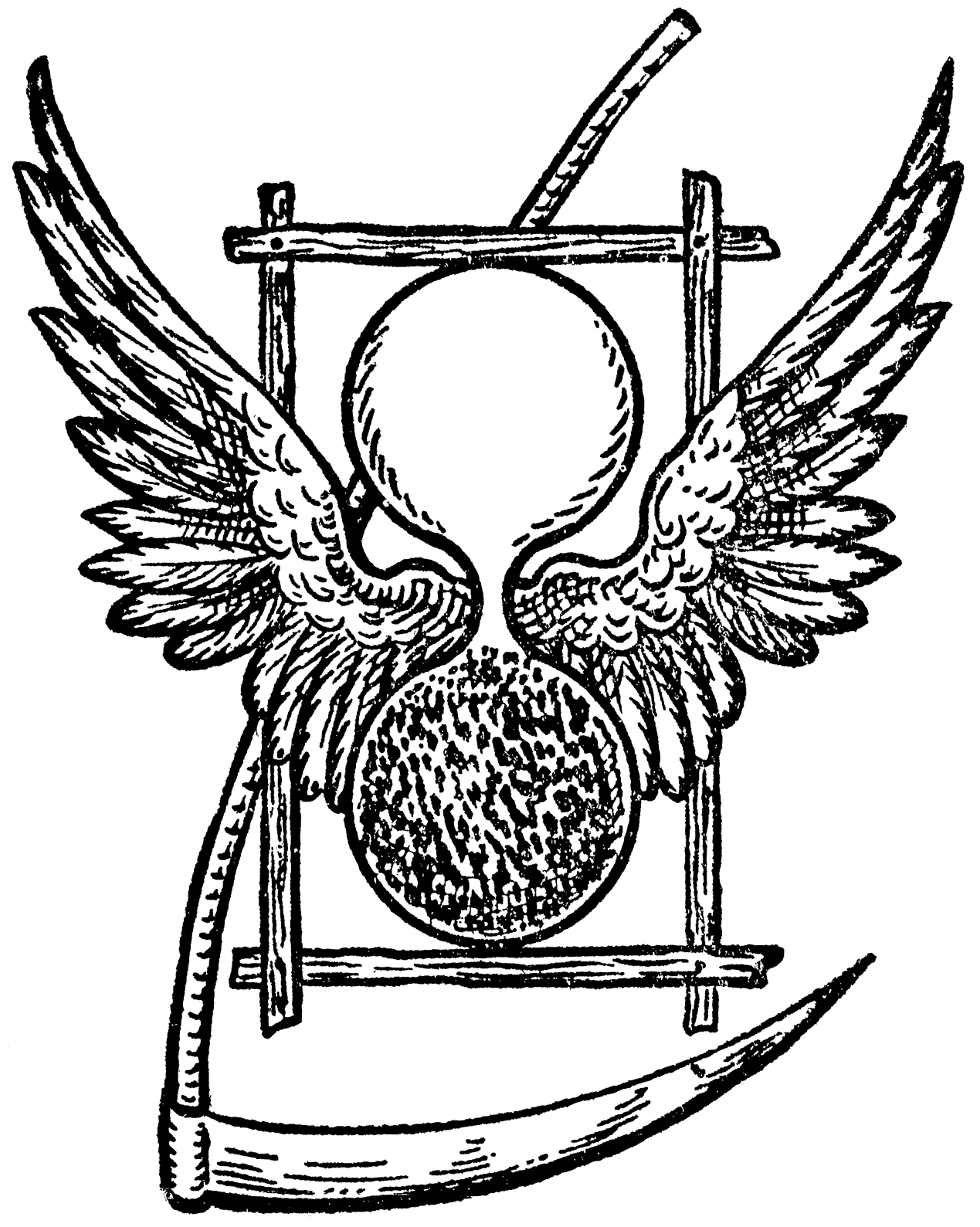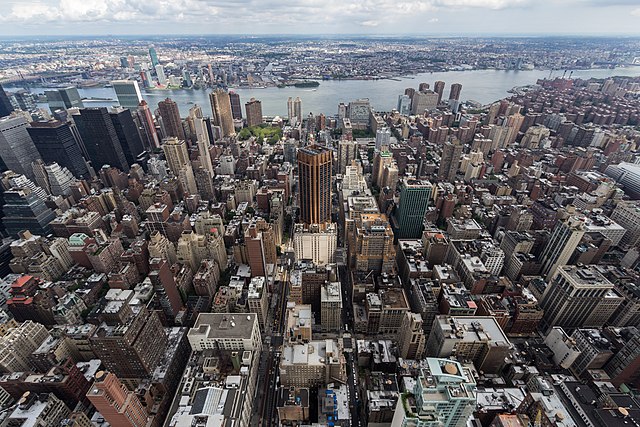“Until a few years ago, we were discussing whether it would happen at all, as a kind of low-probability, high-impact risk,” Rahmstorf told CNN. “And now it looks a lot more likely than just a few years ago that this will happen. Now people are starting to close in on when it will happen.”



Where would you judge is the most ecologically stable and sustainable area in North America?
Unironically somewhere in the north eastern Midwest. Either just south or north of the great lakes. Our winters are vastly more mild than they were when I moved here 10 years ago and there’s tons of fresh water and arable land. We aren’t immune to heat waves and wacky growing season changes, but we don’t get the drought and wildfires they do out west or south, nor any of the extreme storms from the Atlantic.
Biggest threat is flooding, but river flooding is more easily mitigated than other extreme weather. My ass is staying in the boring part of the continent.
Tornados sure have been picking up here though
You’re welcome to take a left into Central where the tornados spawn mini tornados and like following you around, though only after they’ve made the decision to stay small and scary-cute or grow to such a size as to make you wholly uncertain whether it’s heading your way or not.
No thank you, central IL might as well be another state lol
Firstly, love the username.
Secondly: Yep, I grew up in the PNW, am disabled now, and WA and OR are just far more expensive than say Wisconsin or Minnesota.
Weather around there seems to be the closest analogue I can find to Seattle. PNW weather is getting more extreme and you say Great Lakes region is getting more mild, so, sounds good to me!
Hard to say, as I am not a local. Maybe Washington State? The ocean generally has a moderating effect and the pacific side is probably going to see less drastic changes and hurricanes. Somewhere around the great lakes might also work. But you need to do your own research 😊
WA native: So, the East side of the state is a desert/brushland with fairly extreme winters and summers, not unlike (though not as quite as extreme as) the central plains of the US.
The West side of the state is astoundingly expensive.
Also, now we have heatdomes, at or near the wetbulb temp, for a week straight.
That did not used to be a thing.
Wildfires are also MUCH worse than they used to be, another thing to be wary of on the Eastern side, and the smoke from fires north or south of the Seattle area will now blow into that area, and will not dissipate if you are also having a heat dome, such that you might literally need a gas mask to go outside.
Oh and if your plan is to rent a cheap apartment? Good luck, its pretty hard to find affordable ones with AC, because up untill about 5 years ago, it would only really be needed a few days a year.
Also we are overdue for the Cascadia Subduction Zone earthquake and that will basically destroy everything from the Pacific Coast to I5 when it occurs.
Also also, Mt Rainier (Tahoma) is actually an active volcano, and if it explodes it would likely be much, much worse than Mt St Helens.
East also has potential fallout from the extreme nuclear testing back in the day!
Its not fallout, but groundwater contamination from poorly stored and buried, leaking nuclear waste, left over from the Hanford plant that produced much of the fissile material for the Manhattan Project and another decade or two of the early US nuclear weapons industry.
To the best of my knowledge, Eastern WA was never had a test area for actual nuclear explosions producing fallout.